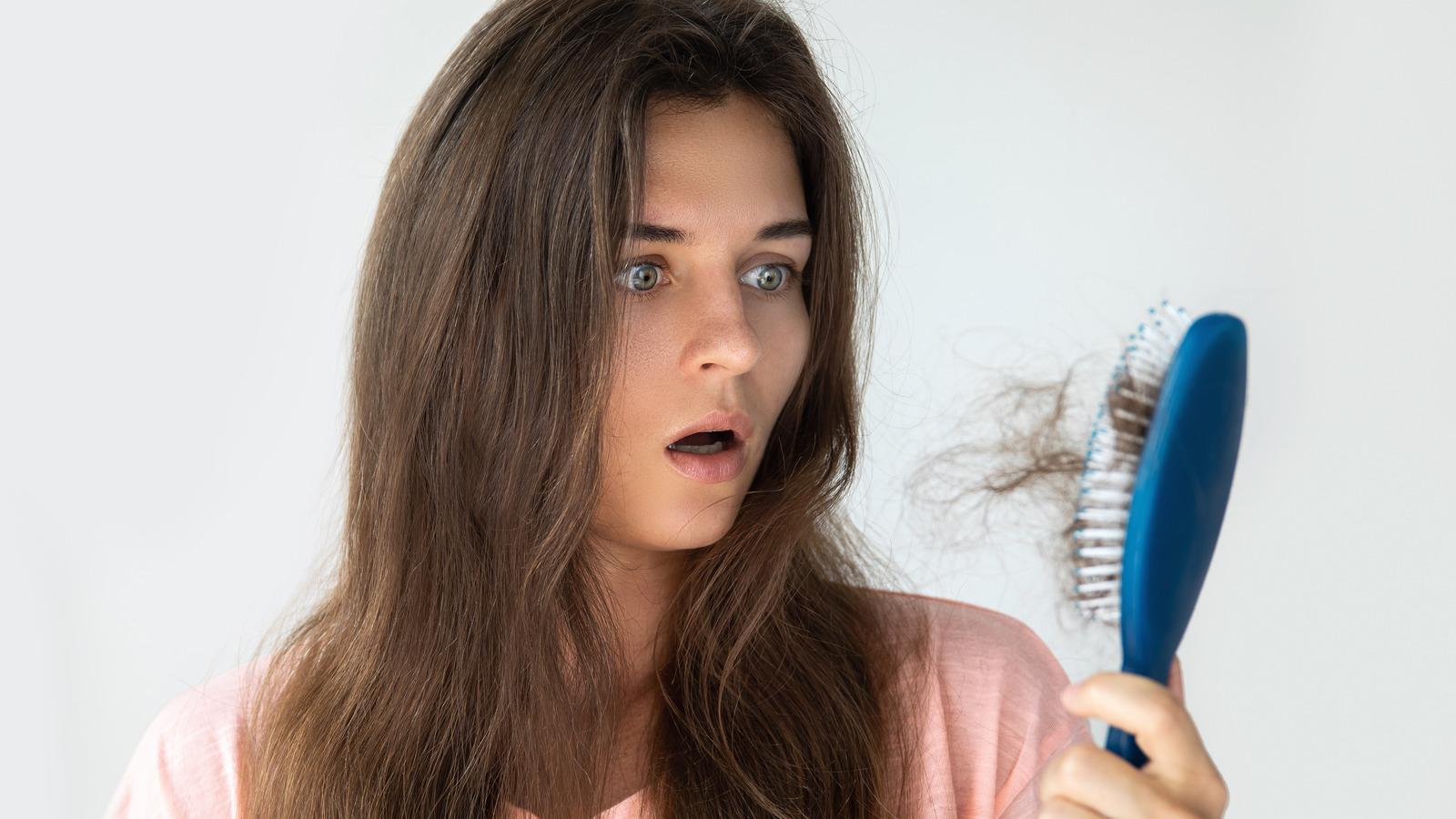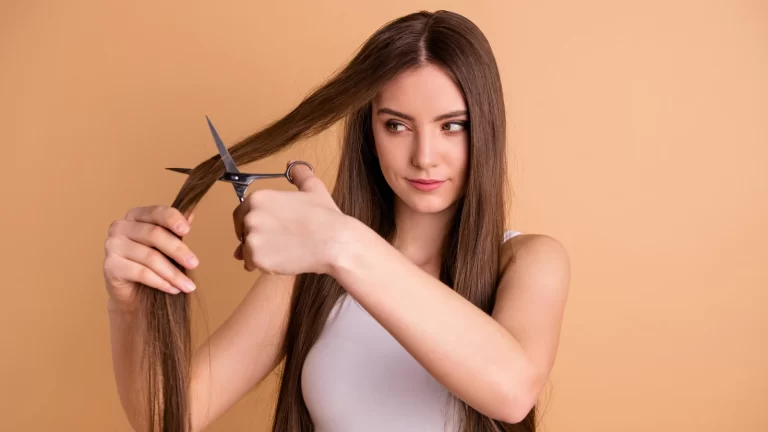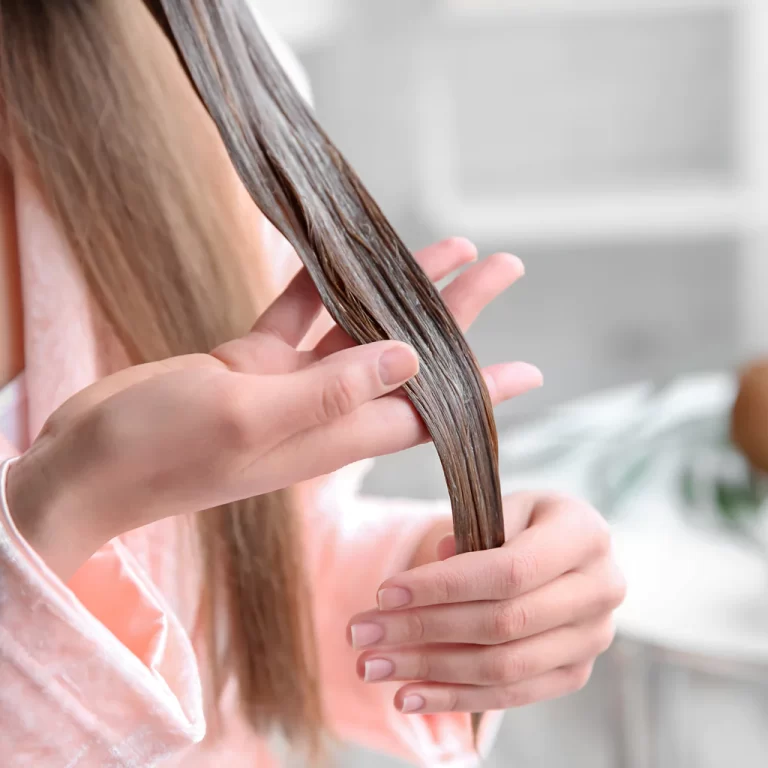
Why is My Hair Falling Out
Why Is My Hair Falling Out? Uncovering The Root Causes
We all experience some daily hair shedding – it’s totally normal to lose between 50-100 strands per day. But if you’re noticing an excessive amount of hair covering your brush, pillow, shower drain or accumulating in unsettling clumps, you’ve got a legitimate hair loss issue on your hands. Before you panic, take a deep breath – shedding hair doesn’t necessarily mean permanent balding. Why is my hair falling out?There are numerous temporary causes of abnormal hair loss that can usually be treated or resolved once identified. Let’s dig into some of the most common culprits and how to get to the root of your thinning tresses.
Nutritional Deficiencies & Diet
Are you skimping on protein, iron, zinc, biotin or other vital nutrients? Hair is incredibly nutritionally-demanding. Even minor deficiencies in hair-healthy vitamins and minerals can disrupt your hair’s growth cycle and lead to lackluster locks or excessive shedding over time. Strict diets, excessive stress, eating disorders and other lifestyle factors that impact nutrition frequently trigger hair loss along with other symptoms.
Hormone Imbalances
Why is my hair falling out?Out-of-whack hormone levels are one of the most prevalent hair loss triggers, plaguing both men and women. In men, a byproduct of testosterone called DHT shrinks hair follicles, leading to male pattern baldness. In women, spikes or dips in estrogen, progesterone, testosterone and other hormones (often around pregnancy, childbirth, menopause or from thyroid issues) take a toll on hair health.
Major Stress & Illness
Whether mental, emotional or physical, severe stress puts excessive demands on your body’s resources. Hair growth is low on the priority list, so follicles get stuck in the resting/shedding phase prematurely. High fevers, surgeries, chronic conditions, poor nutrition and other taxing experiences frequently prompt excessive, diffuse hair loss or thinning 3-6 months down the line.
Post-Pregnancy Shedding
Those amazing pregnancy hormones that give you lush, full locks during gestation tend to set up many women for intense “shed sessions” in the postpartum months. As hormones rapidly drop back to normal levels, your hair cycles get thrown out of whack – up to 60% can be pushed into the shedding phase at once! Clogged showers and frightening clumps on pillows and brushes are normal for 3-6 months after birth.
Harsh Hair Habits
Your own haircare routine could be the very thing sabotaging your strands! Frequently bleaching, over-processing, excessive heat styling, too-tight styles, and plain ol’ rough treatment causes major cuticle damage along the hair shafts. This eventually leads to dry, brittle strands prone to breakage and relentless shedding. Be gentle on your hair – it’s delicate!
Underlying Health Conditions
Why is my hair falling out?Hair loss is often an external symptom reflecting internal issues happening in your body. Autoimmune disorders like lupus or alopecia areata directly attack hair follicles. Thyroid imbalances, PCOS (polycystic ovarian syndrome), anemia, chronic stress, eating disorders and even some cancer treatments can meaningfully disrupt hair growth cycles too. If shedding persists, visit your doctor to rule out underlying conditions.
Hereditary & Pattern Hair Loss
While most temporary hair loss episodes resolve over time with proper care and treating root causes, some unfortunate folks have genetic or pattern hair loss working against them. For these individuals, excessive shedding starts in predictable patterns across the scalp and gets progressively worse over time. This includes classic male pattern baldness as well as thinning throughout the entire crown area in women. In-office treatments and medications are usually required.

Stop the Excessive Shedding
Once you’ve pinpointed the potential root cause of your hair loss, it’s time to spring into action and get that growth cycle back on track before the shed-fest turns into true balding! Let’s explore some preventative steps and treatment options:
Improve Your Diet
Load up on hair-enriching nutrients like protein, iron, zinc, biotin, vitamin C and omega-3s to nourish follicles. Consider a multivitamin too.
Destress Your Life
Increased cortisol production from severe or chronic stress obliterates hair growth. Try stress-relieving activities like meditation, light exercise, breathwork and counseling.
Fix Hormone Imbalances
Chat with your doctor about hormonal birth control, anti-androgen medications or other prescriptions designed to regulate out-of-whack hormone levels ravaging your hair. Hormone replacement may help too.
Tweak Your Hair Routine
Ditch the bleach, hot tools, tight styles and aggressive brushing in favor of ultra-gentle products and techniques. Protect your hair cuticles.
Sleep on a Satin Pillowcase
This creates less friction against your hair as you toss and turn overnight, preventing unnecessary breakage.
Try a Laser Cap or Comb
At-home laser light treatments like the HairMax cap or LaserComb may help stimulate follicles and thicken hair over time. Results are hit or miss, but it’s a pain-free option!
Use Minoxidil
The topical drug Rogaine or generic minoxidil is FDA-approved and clinically proven to disrupt shedding and regrow new hair with consistent application in many cases.
Consider Hair Transplants
In severe, genetic-based cases where medical treatments aren’t having an impact, surgical hair transplants may be an option to permanently restore density.

Don’t Lose Hope!
While losing your precious hair is emotionally distressing, excessive shedding is usually just temporary – a signal your body needs some targeted attention and balance restored. Be patient, implement healthy hair habits and very closely monitor any continued shedding or balding patches. As long as follicles are still alive, hair can recover!
However, if no changes or improvements occur within 6-12 months of excessive hair loss, it’s time to consult a dermatologist to explore medical treatments or follicle-revival alternatives. Early intervention boosts chances of regrowth, so don’t ignore persistent shedding issues.
In the meantime, camouflage tactics like strategic styling, root powder fibers, wigs or toppers can provide cosmetic coverage and peace of mind on your regrowth journey. Stay hopeful – hair changes are almost always temporary as long as you care for your precious strands properly.
In conclusion, hair loss can be attributed to various factors, including genetics, hormonal imbalances, stress, and nutritional deficiencies. It’s important to consult a healthcare professional to determine the underlying cause of hair loss. Addressing these factors through proper medical treatment, stress management, balanced nutrition, and gentle hair care can help mitigate hair loss.



